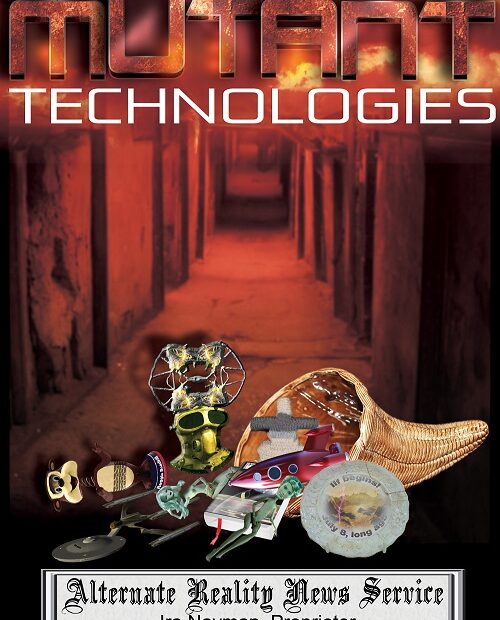by CORIANDER NEUMANEIMANAYMANEEMAMANN, Alternate Reality News Service Urban Issues Writer
Stock broker Ernesto Gezundheit was walking down the street, basking in the glow of behaviour we cannot describe in a family publication to a corporation our lawyers advise us against naming, when he was hustled into an alley by half a dozen street people. There, he was spray painted with slogans such as “ghoulie masher” and “manass to soceity” (sick), tags from half a dozen different street artists and a stencilled image of a badger wearing a 19th century frock coat and aviator goggles.
“Okay, okay,” Gezundheit allowed, “a couple of blocks earlier, I kicked a homeless man in the…uhh…ghoulies. But, does that mean I deserve to become a piece of street art?”
After a spate (more than a gunge but less than a mockery) of such incidents, Metro police have put out an advisory warning citizens to walk past homeless men with caution and do everything in their power to avoid kneeing them in the ghoulies. If you succumb to the urge of rudely striking one, the police warn, he may take out his Boysenberry, photograph you with it and send the image to every other homeless man, woman and Shetland pony in the city.
“After that, well, things could get messy,” said Sergeant Bilbo Bailiwick. “They could get very messy, indeed.”
The number of Internet sites catering to homeless people has increased substantially over the last couple of years, with sites such as hobowithacellphone.com, rubysrevenge.org and witheringheights.ca growing in popularity. The sites are mostly used for such things as: posting photos of food items found in dumpsters to get people’s opinions on whether or not they are edible; trading dirty pictures (of people with three layers of clothes instead of six), and; sharing shopping cart maintenance tips. In addition to these wholesome activities, though, the networks are now being used by the homeless to alert others of their – class? kind? ilk? shelter disposition? – well, others that abusive citizens are heading their way.
And, increasingly, to take action against them.
“What I want to know,” Gezundheit said, “is how did homeless people get cellphones in the first place?”
This, of course, leads to the obvious question: how did homeless people get the cellphones in the first place?
The answer: Low Status User Envy (or “Ill Sue”).
Low Status User Envy is a French tuna and Swiss on a whole wheat submarine sand – sorry, to make my deadline, I had to miss lunch. This is a theory that if somebody with relatively high social status (aka: a hoity-toity bastard) passes somebody with relatively low social status (aka: a poor bastard) who has a piece of technology that the hoity-toity bastard doesn’t have, the hoity-toity bastard will ask herself, “Why does that poor bastard have a piece of technology that I don’t have? I thought the whole point of being a hoity-toity bastard was to have the best toys! I must get one immediately!”
Some companies have had modest success applying this theory. BMW sales rose almost 2.7 per cent when the company gave away cars to Wal-Mart employees. Of course, most of them couldn’t pay for the gas to run the cars, so they ended up using them as spare rooms for their children or marijuana grow-ops; and, in over a third of the cases, the people who were given BMWs ended up living in them. Still, a survey of people making over $250,000 showed that, if they were forced to live out of their cars, after seeing what the low income people did with their BMWs, that would be the car they would choose.
Scientists at Decline in Motion (aka: DIM) thought that if they gave their latest phone technology (aka: Boysenberry) to people on the lowest rung of the social ladder, just about everybody in the country would want one thanks to the Ill Sue theory. Unfortunately, corporate lawyers could afford to buy their own Boysenberries, so DIM decided to give them to homeless people instead.
“Man, we just can’t seem to do anything right these days!” remarked Jim Ballsilly, DIM’s co-CEO and the man who makes the tuna casserole for the cafeteria on Thursdays. (I didn’t hallucinate that – somebody brought me a bagel.)
A survey of corner offices showed that 98 per cent actually didn’t want to use products that were widely used by homeless people. Since surveys of offices generally reflect the sentiments of the people who work in them, it was assumed that a vast majority of senior corporate executives agreed with the sentiment.
“What about my suit?” Gezundheit asked. Which reminded us of the question: what happened to Gezundheit’s suit?
Apparently, it’s now hanging in the Corcoran Gallery, which bought it for an undisclosed sum of money (and a year’s supply of dry-cleaning).


